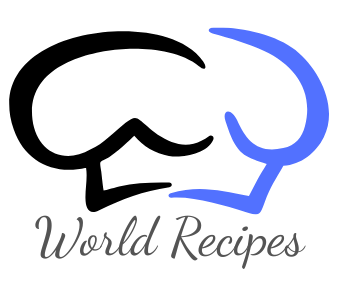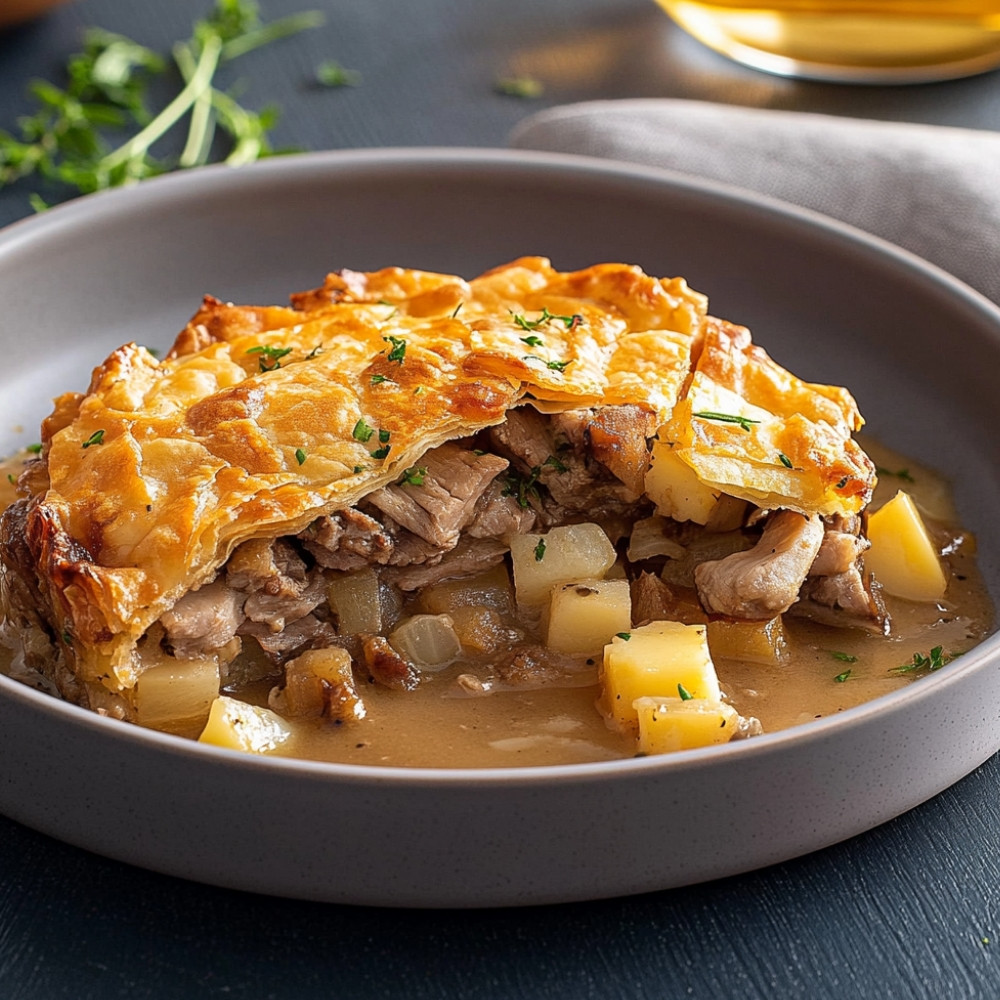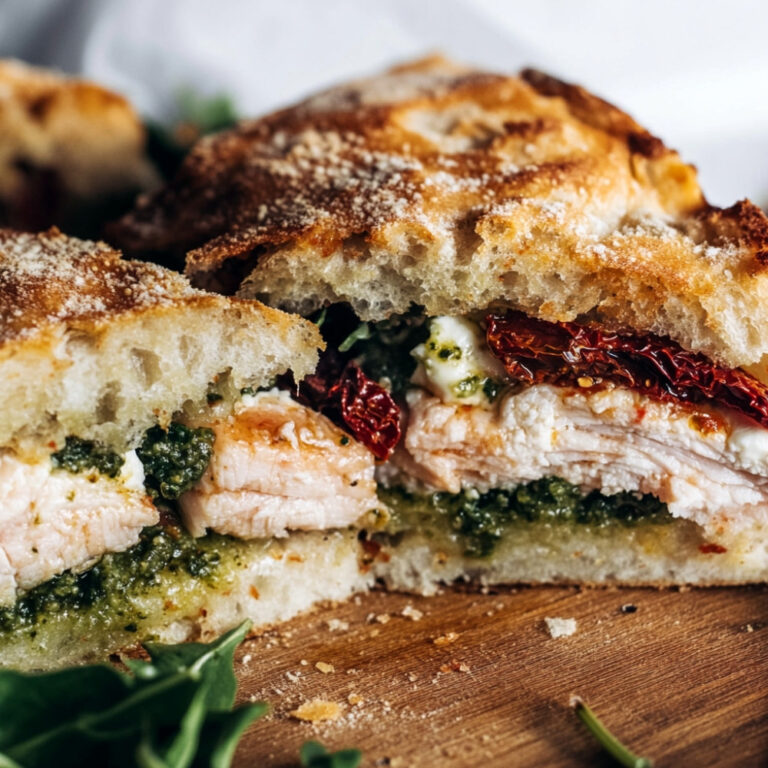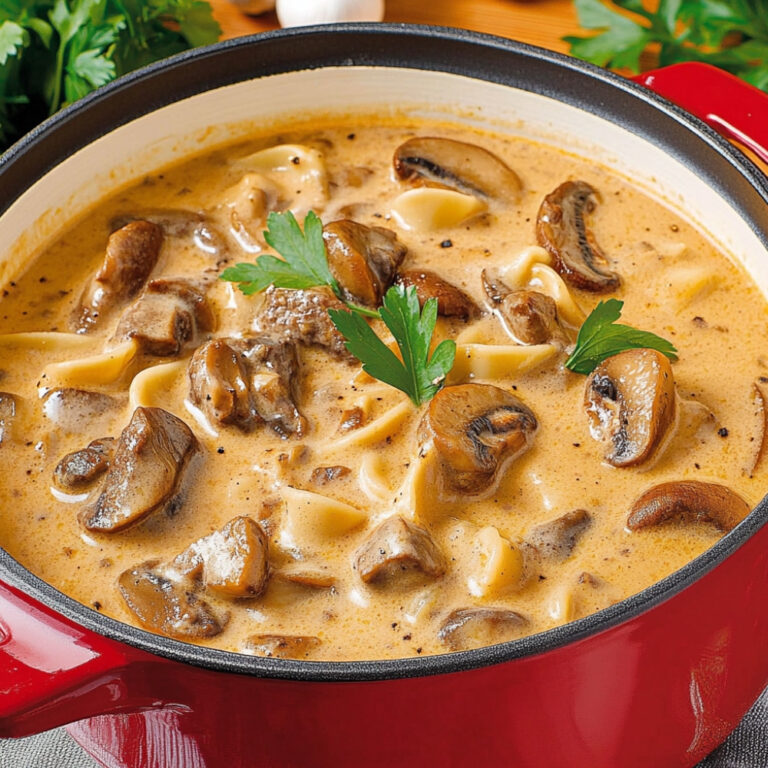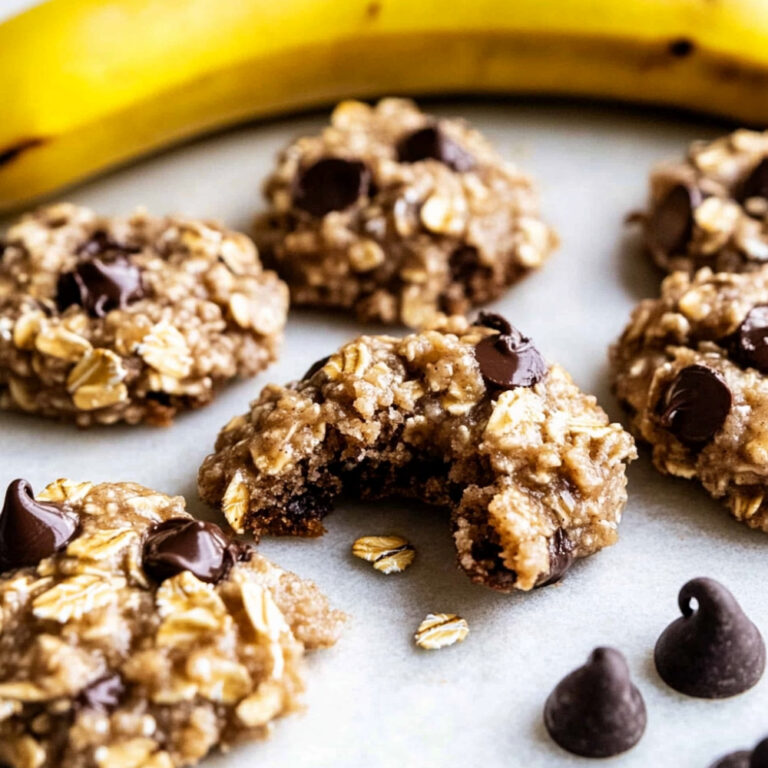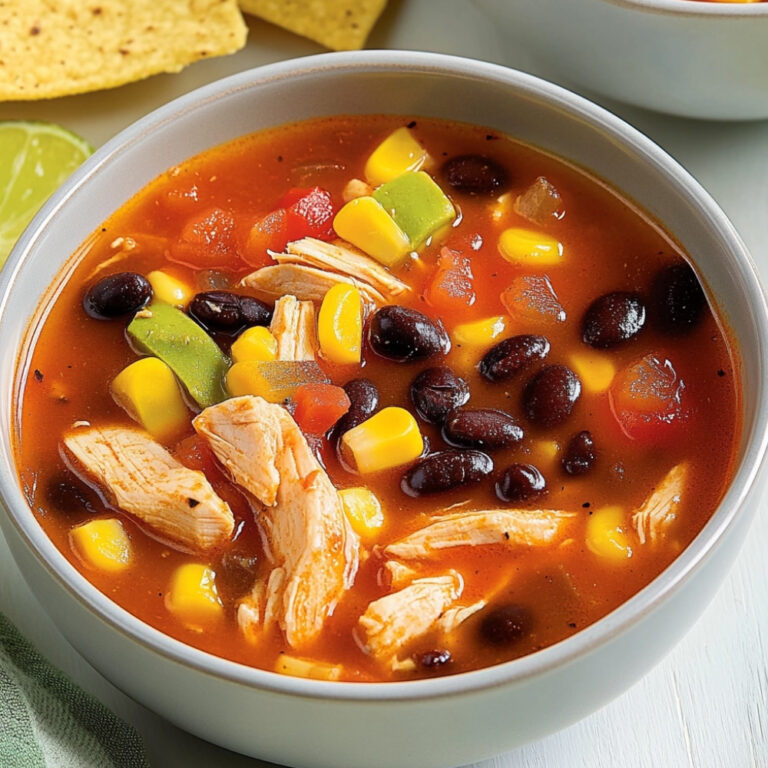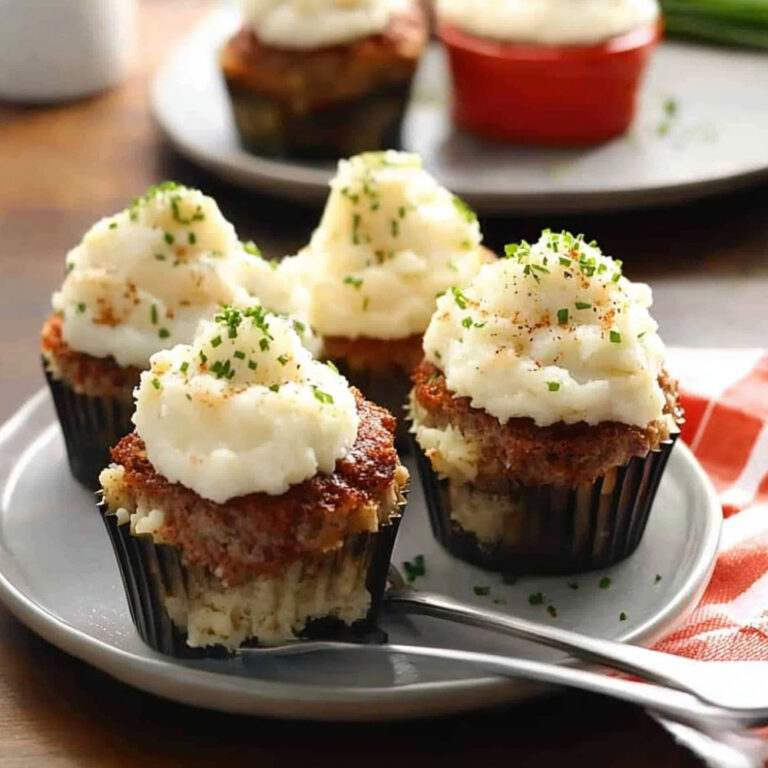Duck Tourtine
The first time I tasted duck tourtine – steaming slice on a chipped blue plate, flaky puff pastry pulling apart in corners, the air thick with thyme and buttery slow-cooked onions – it was snowing outside, just lightly. And, I don’t know, it pressed something quietly sweet in my memory. The duck was earthy-rich, but mellow too – not heavy. The crust caught tiny golden bubbles at the folds, and the filling was tender in a way that almost made me pause between bites. It wasn’t complicated, just thoughtful… and warm.
Why You’ll Crave It
- Rich, savory duck with layers of flavor – buttery pastry, aromatic herbs, soft onions – all simple, nothing fussy
- Feels special, even celebratory, but humble enough for everyday dinner if you’re in that mood
- Uses pantry-familiar ingredients, no complicated sauces or extra steps
- Makes the house smell incredible – roasted goodness, herbs, a touch of crisp sweetness as the pastry bakes
- A forgiving recipe – swap meats or herbs, or add what’s in the fridge – and it still feels right
The first time I made this for friends, no one said a word for the first few bites… then someone whispered “oh, wow.”
What You’ll Need
- Duck meat: about 500 grams, ideally from legs (it’s the most flavorful and holds moisture well), skinned and cut into small bites
- Puff pastry: 1 sheet, thawed if frozen – just let it rest at room temp until pliable but still cool
- Onion: 1 medium, finely chopped – softens into the duck and brings a gentle sweetness
- Garlic: 2 cloves, minced – not overpowering, but you’ll miss it if it’s not there
- Fresh thyme: A few sprigs, leaves stripped – don’t substitute dried unless needed (and if you do, go very light)
- Salt and pepper: To taste – start light, then adjust at the tasting phase
- Chicken broth: About 1/2 cup – enough to simmer the duck gently and pull everything together
- Bay leaf: 1 – optional, but adds depth during the simmer (just don’t forget to remove it later)
- 1 egg: Beaten, for brushing the top of the pastry – gives that glossy golden finish
Easy How-To
Prep the duck
If you’ve got whole duck legs, pull off the skin (you can save it to crisp later if you’d like) and dice the meat fairly small – bite-sized is good. You want it to cook evenly, without chewing through big chunks later.
Brown the duck
Heat a splash of oil in a deep pan or skillet on medium heat. Toss in the duck – let it sit a bit before you stir, so it browns. Once it’s golden-ish on all sides (about 5-7 minutes), take it out and set aside.
Sauté the aromatics
In the same pan (don’t wash it, please), throw in your chopped onion and garlic. Stir over medium until soft and translucent – about 2-3 minutes. Let all that ducky fond lift up into the veg.
Simmer it slow
Pop the duck back in, add your thyme and bay leaf, then pour in the broth. Stir gently, bring to a soft boil, then cover and turn down to low. Let it simmer away for about 20 minutes – this softens the meat and builds all the interior flavor.
Roll out the pastry
Dust your counter with flour and roll the pastry a little thinner if it feels thick. You want two pieces – one for the base, one to cover. If your pan is small, one sheet might be enough for top only (which is fine too!).
Assemble
Scoop the duck filling into a baking dish (pull out that bay leaf – it’s done its work). Lay the pastry over, crimp the edges, and slice a couple tiny vents on top. Brush with the beaten egg – don’t skip this, it’s what gives that beautiful sheen.
Bake
Straight into a preheated oven at 200°C (about 392°F). Bake until puffy, golden, and crisp on top – about 25-30 minutes. Let the aroma fill your kitchen. Pour yourself a glass of something while it bakes.
Rest, then serve
Once out of the oven, give it about 10 minutes to breathe. The crust sets slightly, and the filling content mellows together. Then: serve and swoon.
Good to Know
- If your puff pastry ever sticks while rolling, just breathe… lift it gently and dust more flour under. Happens to me often.
- You can make the filling ahead – even a day in advance – and just bake fresh with pastry when you’re ready to serve.
- If your thyme sprigs are stiff and woody, strip the leaves by pinching and running your fingers briskly backwards down the stem – weirdly therapeutic.
Serving Ideas
- Pair with a crisp green salad tossed in Dijon vinaigrette, or roasted carrots with a whisper of honey
- A glass of Gamay, Pinot Noir, or even non-alcoholic pear cider tastes lovely with the earthy duck and buttery crust
Top Tricks
- Keep your puff pastry cold while assembling – a warm pastry loses its lift. If it softens too much, chill it for 10 minutes before baking
- Taste your duck mixture before it goes into the dish – seasonings are easier to fix now than later
Frequently Asked Questions
Can I use store-bought cooked duck?
Yes – leftover cooked duck (like confit or roasted) works beautifully. Just dice it up and warm it through with the onion and garlic before adding the broth.
Is puff pastry the only option for this?
Not at all. You can use pie crust for a flakier, denser base – more rustic. Just adjust the bake time slightly and watch closely for color.
What if I don’t have thyme?
Fresh rosemary can work, though it’s stronger – use a light hand. Or skip and let the richness of the duck speak for itself.
Can I freeze the duck tourtine?
You can! Best to freeze before baking – assemble fully, wrap tightly, and freeze. Bake from frozen, adding 10-15 minutes to your cooking time. The crust will thank you.
Is this similar to a tourtière?
It is! Different meat, different flavors, but the heart of the dish – savory filling wrapped in pastry – connects them. The duck version feels just a little more indulgent.
